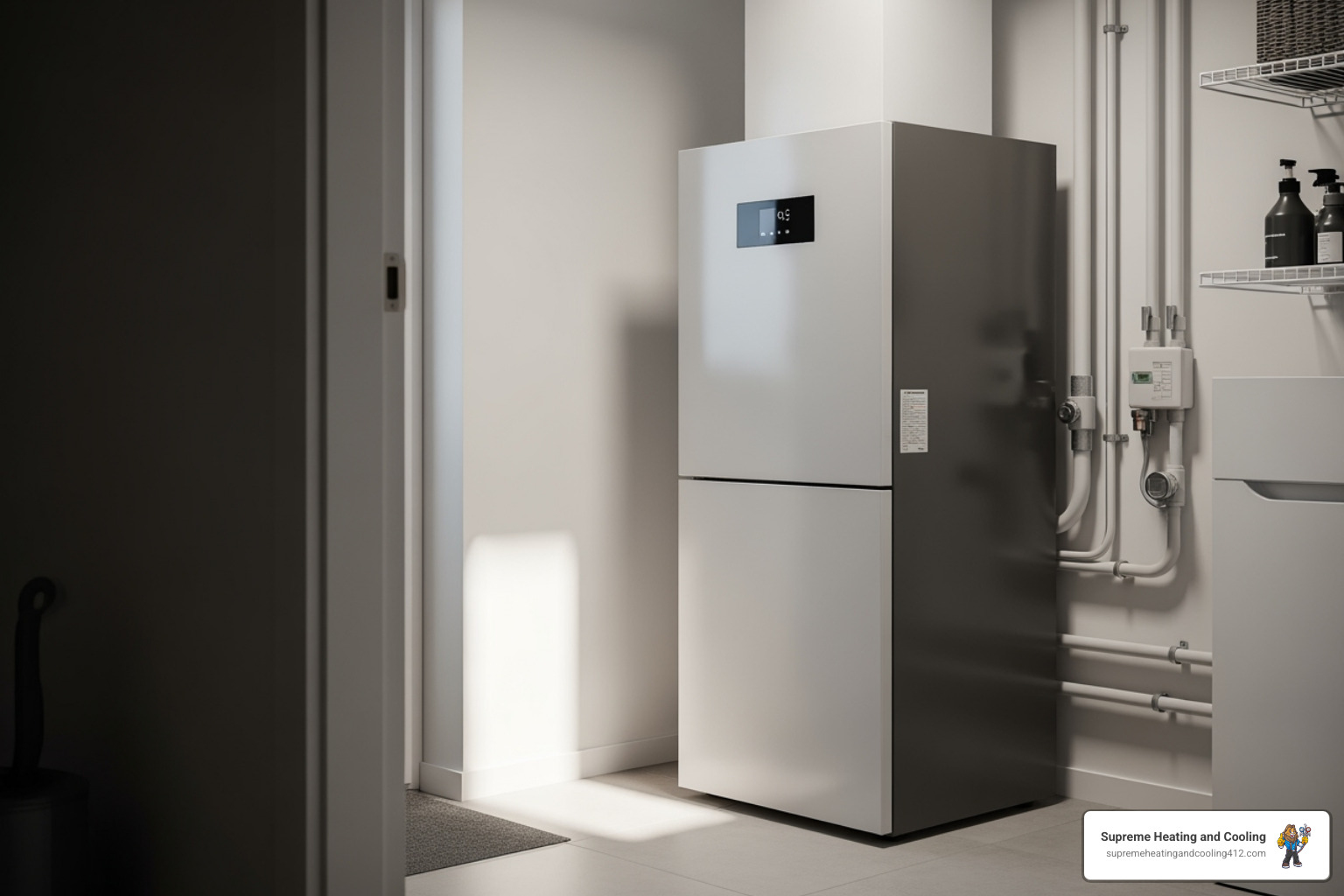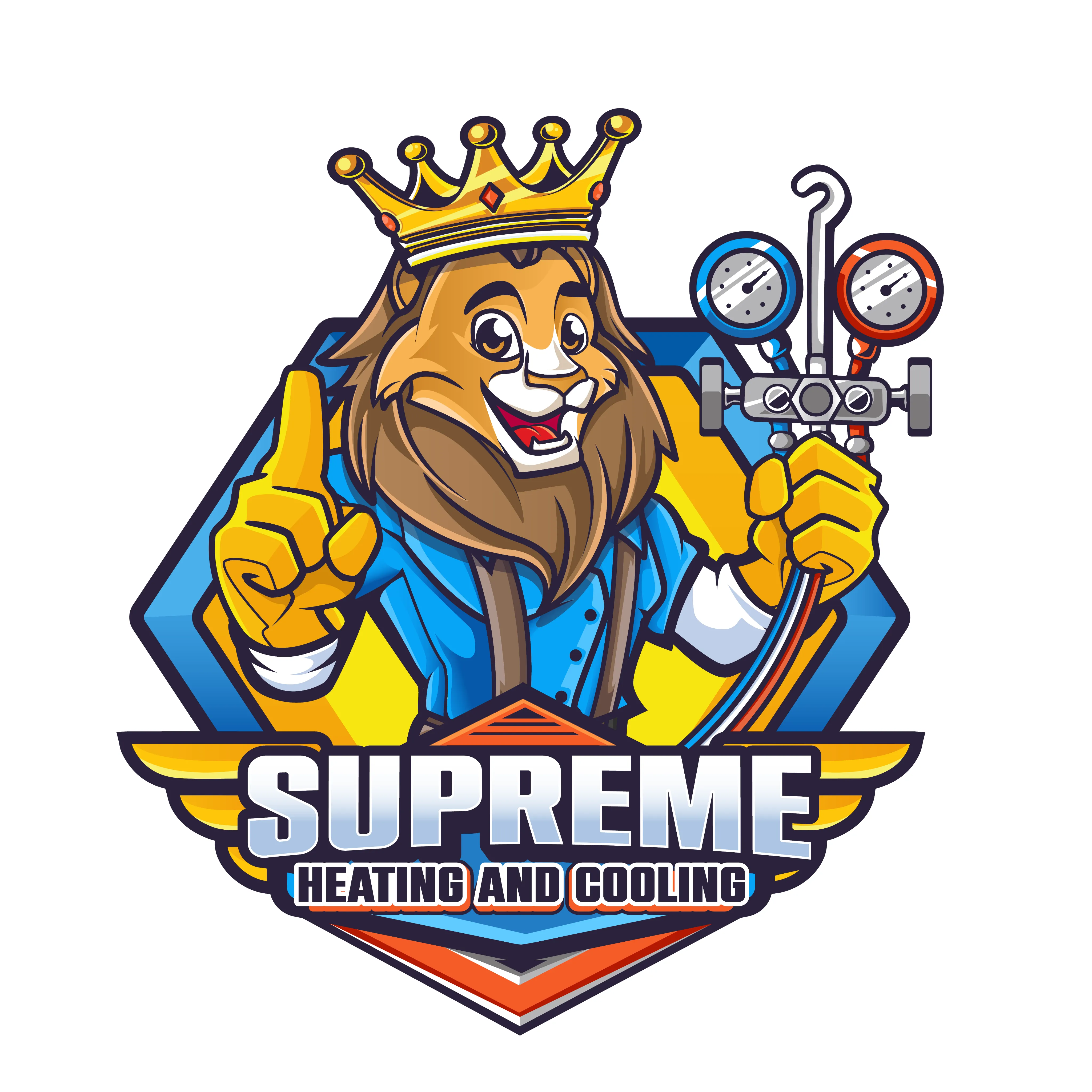When it comes to home comfort, heating plays a crucial role—especially in colder months or regions with diverse seasonal changes. However, many homeowners rely solely on basic thermostat settings and miss out on opportunities to maximize their heating system’s efficiency, comfort, and cost savings. At Supreme Heating and Cooling, we understand that going beyond the thermostat means unlocking the full potential of your home's heating system to achieve consistent warmth, lower energy bills, and smarter controls tailored to your daily life.

Understanding Whole-Home Heating Optimization
Whole-home heating optimization is about more than just setting the temperature on your thermostat. It involves integrating multiple advanced strategies and technologies that work together to ensure every room in your home is heated efficiently and effectively. This approach balances comfort and energy savings, addressing the unique layout and heating needs of your home.
Common Heating System Challenges in Homes
Before exploring solutions, it’s important to recognize common issues that limit heating performance in many households:
- Uneven Heating: Some rooms are too hot while others remain chilly due to poor airflow or lack of control.
- High Energy Bills: Inefficient systems and outdated technology run longer than necessary, consuming excess energy.
- Manual Thermostat Limits: Traditional thermostats lack the adaptability to respond to daily schedules or fluctuating weather conditions.
- Worn-out Infrastructure: Aging ducts, filters, or furnace parts inhibit optimal heat distribution and system longevity.
- Incompatible Components: Mismatched system elements impair performance and prevent seamless integration of upgrades.
These problems highlight why simply adjusting your thermostat is rarely enough to achieve ideal heating balance.
Key Components of Heating Optimization
Optimizing your home’s heating system requires a comprehensive assessment of your current setup and thoughtful integration of modern solutions. Supreme Heating and Cooling offers expert guidance and installation services for the following critical components:
1. Zoning Systems for Personalized Comfort
Heating zones divide your home into sections with independent temperature controls, allowing you to heat only occupied areas. This zoning reduces wasted energy by:
- Providing customized heat schedules per room or floor
- Minimizing hot or cold spots by balancing output throughout the house
- Enhancing comfort for varied preferences among family members
Zoning is particularly beneficial in larger homes or homes with significant temperature differences between floors.
2. Smart Thermostat Integration
Smart thermostats go far beyond traditional models by learning your habits, preferences, and even local weather patterns to automatically adjust home temperatures. Benefits include:
- Remote control via smartphone apps for convenience and real-time adjustments
- Energy usage reports to identify savings opportunities
- Compatibility with zoning systems and voice-activated assistants
- Adaptive scheduling that anticipates needs and lowers heating when you’re away
Installing a smart thermostat is one of the easiest upgrades for immediate improvements in efficiency and comfort.
3. System Efficiency Improvements
Your heating system's hardware directly impacts energy consumption and output quality. Efficiency improvements may involve:
- Upgrading to high-efficiency furnaces or heat pumps with advanced technology
- Sealing and insulating ductwork to prevent heat loss
- Replacing or cleaning filters regularly to maintain airflow
- Installing variable speed blowers that adjust precisely to demand
These upgrades extend the life of your furnace and prevent unnecessary energy waste.
4. Comparing Heating Technologies
Understanding your options for heating technology can guide smart investment decisions:
- Gas Furnaces: Cost-effective and powerful for cold climates, gas furnaces offer rapid warming but require proper ventilation.
- Heat Pumps: Ideal for moderate climates, heat pumps provide both heating and cooling with high energy efficiency.
- Electric Heating: Useful for supplemental zones, electric heaters are easy to install but may be more costly to operate.
- Radiant Floor Heating: Offers even, silent warmth from the ground up, perfect for specific rooms or whole-home installation if budgets allow.
Our specialists evaluate your home’s size, insulation quality, and climate to recommend the most suitable upgrade path.
Common Upgrade Paths and Expected Savings in Heating Systems
Homeowners exploring heating upgrades often face choices around technology, controls, and infrastructure enhancements. Supreme Heating and Cooling provides clear assessments to help decide between:
- Replacing an aging furnace with a high-efficiency model that can reduce heating costs by up to 20-30%
- Adding zoning to limit heating to 1-2 zones, which can decrease energy use and increase comfort by allowing precise control
- Installing smart thermostats that typically cut energy use by 10-15% through adaptive scheduling and setback features
- Completing duct sealing and insulation projects, which can improve airflow efficiency by up to 25%
These improvements not only lower utility bills but also enhance home value and provide peace of mind through reliable comfort.
The Assessment Process with Supreme Heating and Cooling
Unlocking your home’s heating potential begins with a comprehensive professional assessment. Our process involves:
- Initial Consultation: Discuss your comfort goals, existing equipment, and energy concerns.
- On-Site Inspection: Evaluate furnace performance, duct integrity, insulation levels, thermostat type, and zoning possibilities.
- Data Analysis: Review energy usage patterns and heating demand across different home areas.
- Custom Recommendations: Provide tailored solution packages that balance budget, comfort, and efficiency goals.
- Implementation Plan: Outline timelines and steps for upgrading technology, controls, and infrastructure.
This systematic approach ensures every recommendation aligns perfectly with your home’s unique heating profile and long-term comfort needs.
Why Whole-Home Heating Optimization Matters in Your Region
In many areas, weather patterns can create distinct demands on heating systems. For example, homes in cold climates require reliable, efficient heat during long winters, while homes in transitional zones benefit from adaptable systems that handle varying temperatures. Local heating costs and energy rates also influence the ROI of different upgrades.
Optimizing your system beyond standard thermostat controls means:
- Mitigating impact of harsh winter temperatures with smarter, zoned heating
- Reducing unnecessary heating during shoulder seasons with schedule-adaptive controls
- Enhancing indoor air quality and consistent comfort regardless of external weather
Supreme Heating and Cooling has extensive experience adapting whole-home heating systems to local conditions, ensuring our clients enjoy year-round comfort without paying more than necessary.
Long-Term Benefits Beyond Energy Savings
Investing in whole-home heating optimization delivers benefits far beyond utility bill reduction. These include:
- Improved Home Comfort: Even heat distribution that eliminates hot and cold spots for a more pleasant living environment
- Extended Equipment Lifespan: Reduced system strain thanks to smarter operation and better airflow, leading to fewer breakdowns
- Enhanced Environmentally Friendly Operation: Lower energy use reduces your carbon footprint, contributing to sustainable living
- Increased Home Value: Modern, efficient heating systems are attractive to buyers and increase resale appeal
- Peace of Mind: Reliable, automated controls keep your home comfortable no matter the time of day or outside weather
These benefits reflect the comprehensive value of taking a holistic approach to your heating system.
Maintaining Your Heating System’s Optimization Over Time
Achieving an optimized heating system is just the beginning. To maintain peak performance:
- Schedule regular professional tune-ups to inspect and clean key components
- Replace filters every 1-3 months depending on usage and indoor air quality
- Monitor your energy bills for unusual spikes indicating system inefficiencies
- Update control settings seasonally or as your household patterns change
- Address duct leaks or insulation issues promptly when discovered
Supreme Heating and Cooling offers ongoing maintenance plans to keep your heating system running smoothly and efficiently for years to come.
By unlocking your home's heating potential beyond the thermostat, you can enjoy greater warmth, comfort, and energy savings tailored precisely to your living space and lifestyle. Supreme Heating and Cooling delivers expert assessments and custom solutions to help every homeowner take full advantage of modern heating technology and system efficiency enhancements. This strategic approach to heating is the foundation of a cozy, cost-effective home all winter long.

.svg)

.webp)


.svg)
.webp)
.svg)
